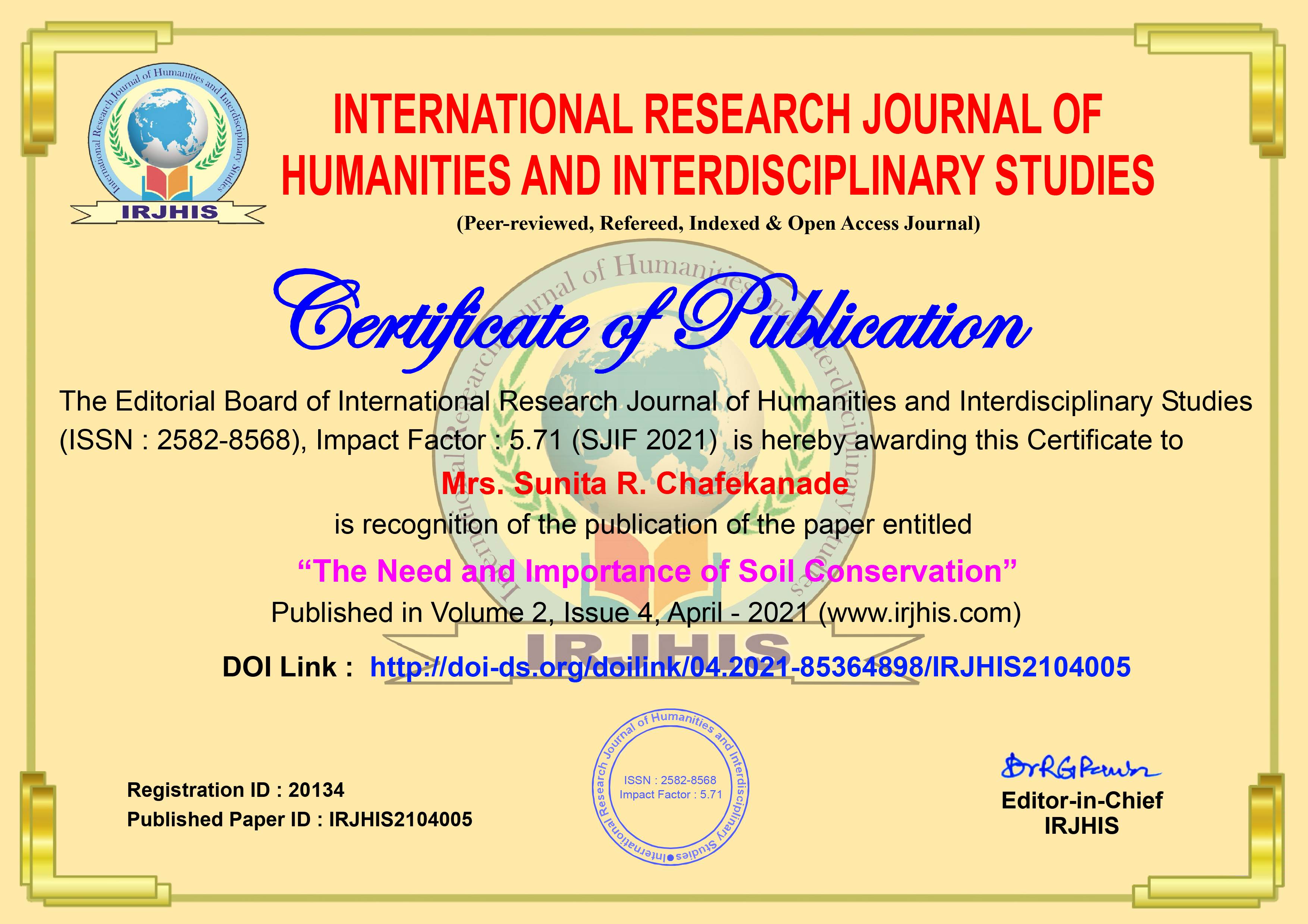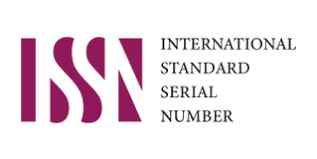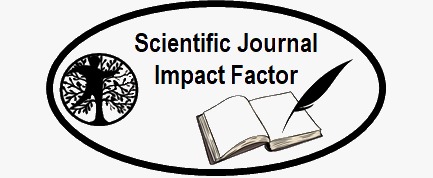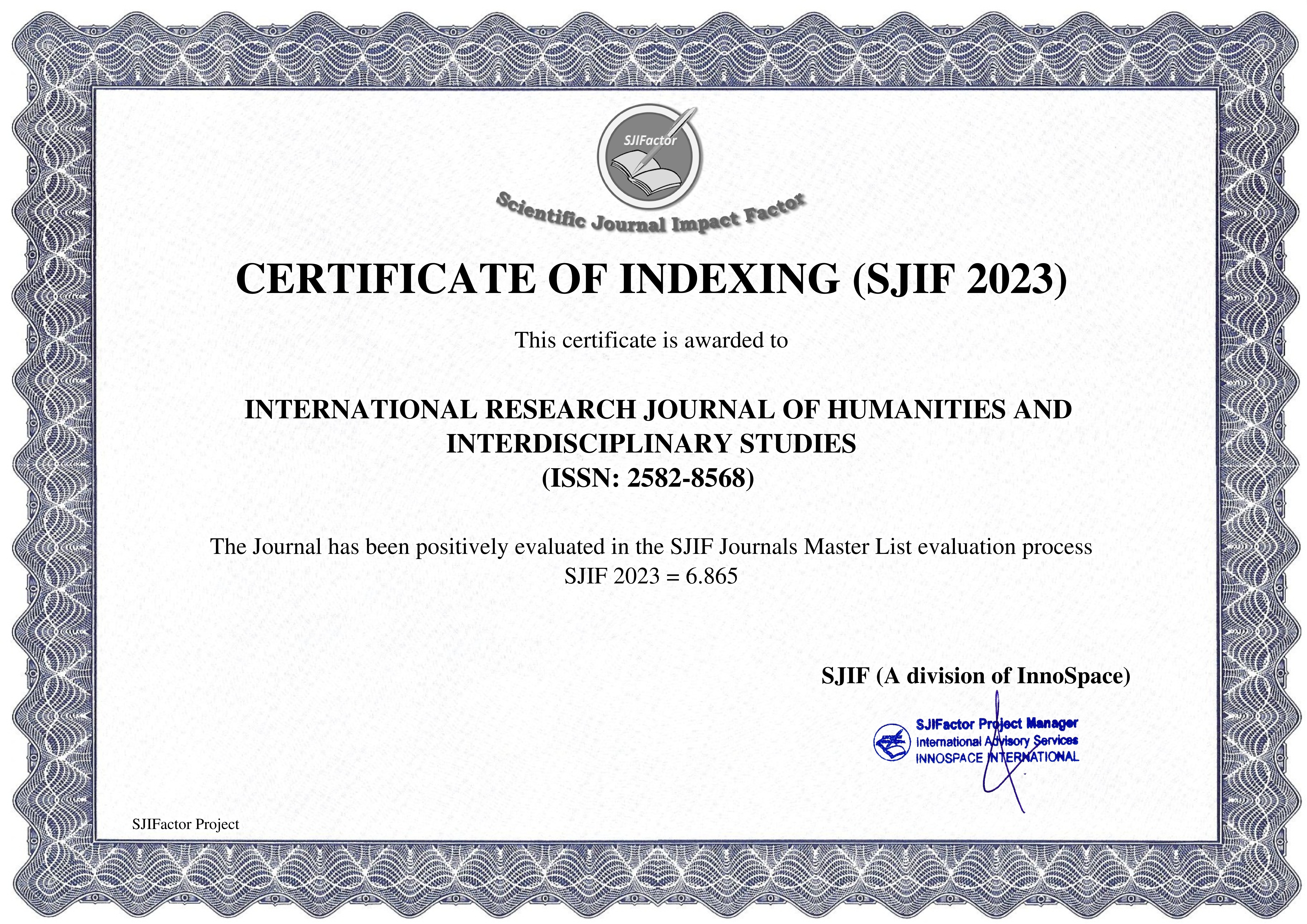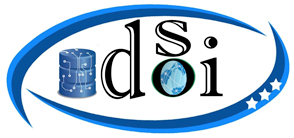Paper Details

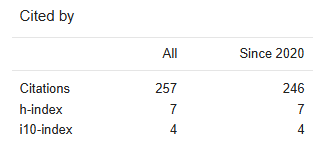
Call For Papers
Volume 06, Issue 11
Frequency: 12 Issue per year
Paper Submission: Throughout the Month
Acceptance Notification: Within 2 days
Areas Covered: Multidisciplinary
Accepted Language: Multiple Languages
Journal Type: Online (e-Journal)
Announcement
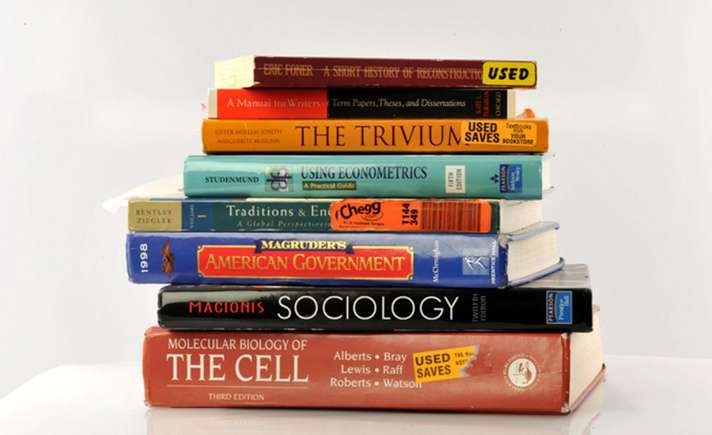
Publish books with ISBN Number
- Edited Book
- Text Book
- Ph.D Thesis
- Conference Proceedings
ISSN Number:
2582-8568
Journal DOI No:
03.2021-11278686
Title:
COMPARISON OF COGNITIVE AND PERSONALITY DIMENSIONS BETWEEN YOGIC GURUKUL AND MODERN EDUCATION SYSTEM STUDENTS
Authors:
Cite this Article:
,
COMPARISON OF COGNITIVE AND PERSONALITY DIMENSIONS BETWEEN YOGIC GURUKUL AND MODERN EDUCATION SYSTEM STUDENTS, International Research Journal of Humanities and Interdisciplinary Studies (www.irjhis.com), ISSN : 2582-8568, Volume: 2, Issue: 7, Year: July 2021, Page No : 247-253,
Available at : http://irjhis.com/paper/IRJHIS2107040.pdf
Abstract:
The temporal cortex is the region of the brain most closely linked to memory. Spatial memory, which is associated with the right hemisphere, and verbal memory, which is associated with the left, are the two most important types of memories. Yoga has been demonstrated to improve both short- and long-term memory in several scientific studies. The purpose of this research was to examine the differences in memory retention rates between a school following the Gurukula Education System (GES) based on a yoga way of life and a school following the Modern Education System (MES). Forty-nine boys and girls, aged 11 to 13, were chosen from two residential schools, one with a MES setting and the other with a GES setting, all of which offered comparable environments and routines. Age and economic background were taken into account while pairing the guys. While the MES offers a standard, contemporary educational curriculum, the GES bases its curriculum on integrated yoga modules. Before and after an academic year, students' memories were evaluated using conventional spatial and verbal memory tests adapted to the Indian context. At the beginning of the school year, the GES and MES boys had similar verbal and visual memory scores, but the GES boys improved much more than the MES boys (P 0.001, Mann-Whitney test). This research found that the GES designed for holistic personality development via the yoga lifestyle was superior to the MES in improving measures of visual and verbal memory.
Keywords:
Selective attention, the modern educational system, and the yogic education system
Publication Details:
Published Paper ID: IRJHIS2107040
Registration ID: 20777
Published In: Volume: 2, Issue: 7, Year: July 2021
Page No: 247-253
ISSN Number: 2582-8568
Download Full Paper: Click Here
Article Preview:
